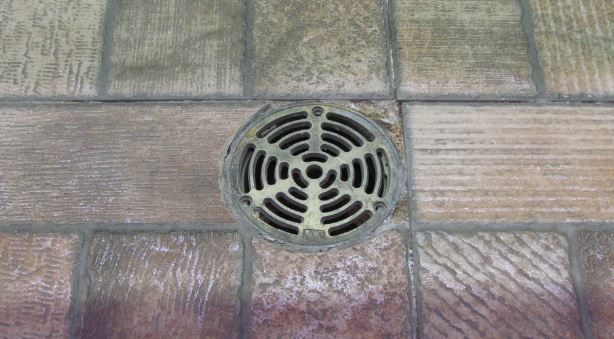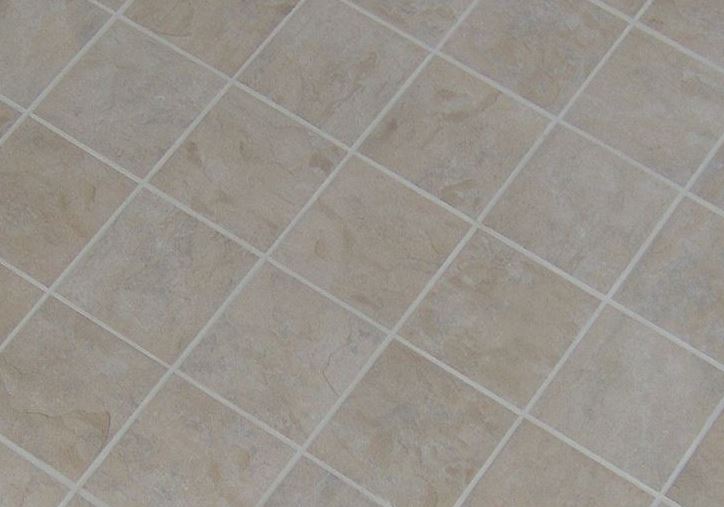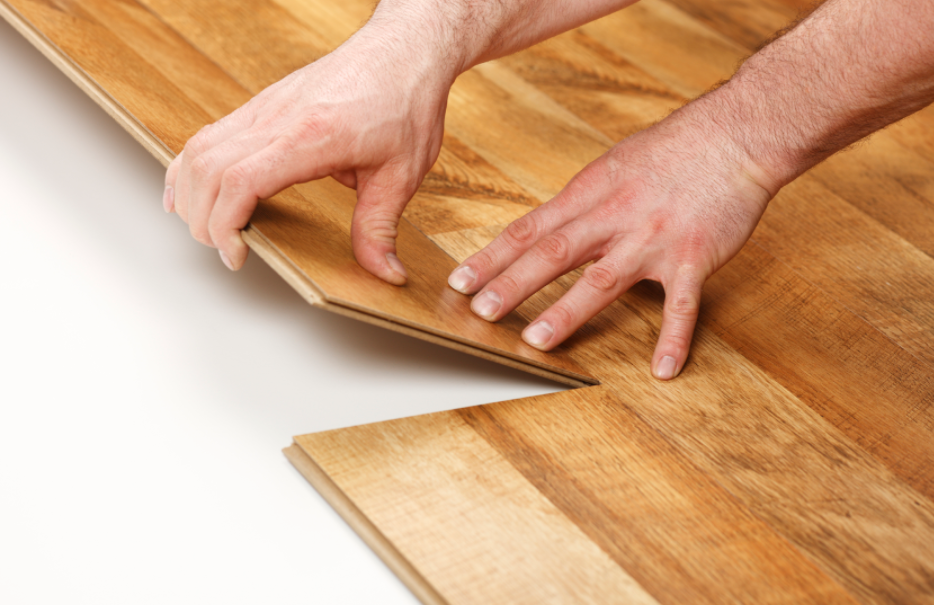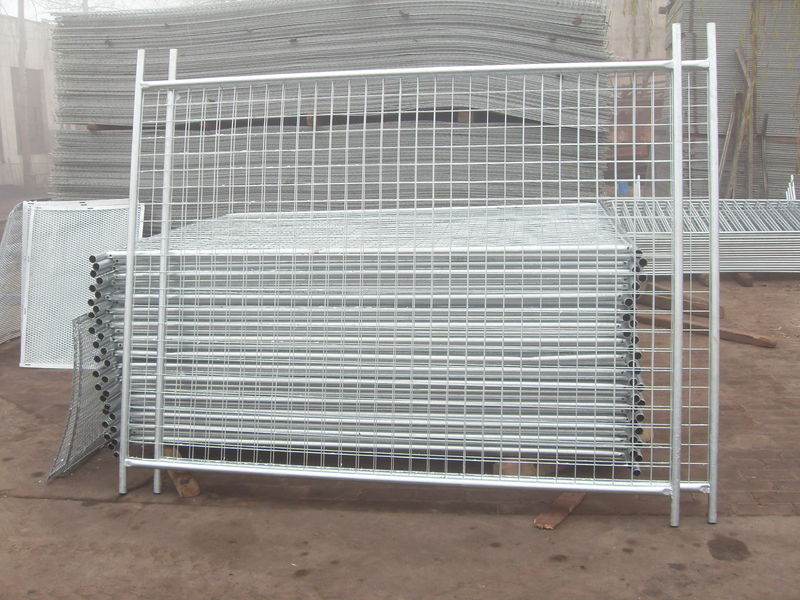How to make big profits from ugly homes

Due to generalities related to what constitutes true real estate value – exaggerated by advertising and the media hype machine – most of us are led to believe wealthy real estate moguls only got that way through posh mansion homes and elegant resort properties.
In reality, many of the planet’s rich and famous accrued their wealth via a traditional path of buying and selling the ugliest homes they could unearth on the market. Purchasing homes in tatters is profitable for those with a vision to see beyond all the warts and cosmetic flaws.
The gorgeous houses in the neighborhood stand out like sexy supermodels. If you happen to be the owner of the worst looking house on the block where other residences have been restored, your property will appear to be a diamond in the rough. That is great news if you are a real estate investor.
Location, location, location
Do next to nothing to it, and the value of the residence will still increase, because location is important, and your ugly dwelling is located in close proximity to the expensive homes. Do a few cosmetic touch ups – paint, install a new roof, do some landscaping – and you can transform a rundown property into a thing of beauty, both physically and financially.
It’s rather likely that your profit margin will exceed the margins of those homes that had costly face-lifts before investors bought them up.
The value you add to house turns into your equity. When you sell at a cost that includes that added worth, you can make other-worldly profits. Through the process, it is possible to get financial assistance based on the equity you are creating. This will allow you to let your home improvements pay for themselves as you proceed withe the project.
Follow a proven strategy
Some savvy investors will only work with properties that are rejected by others. By concentrating their time and efforts on neglected homes, they accomplish two key goals.
First, they limit competition. If you’re purchasing residences nobody else wants, you will seldom get into a bidding war, and you will likely never pay full price.
Secondly, buying houses in need of renovating involves essentially the same process each time. You buy it, make repairs, or sell it to a fellow investor, and sell it or rent it out for income producing property. By repeating the this strategy, investors can sharpen their skills and focus on developing a stable niche in an otherwise undervalued market.
Build a team to help you
If you make the choice to rehab properties, you can create a team of pros to help you, and move your group fluidly from project to project. Foe example, one person handles paint and wallpaper, one does plumbing, another does junk removal, and one tends to the landscaping. Generally, investors move with their teams from one place to the next, and continually make money to invest in future projects.
The bottom line: Buy the ugliest house on the street, dress it up real nice, and you will surely cash in on one of the oldest and most fundamental principles of real estate investment prosperity.






